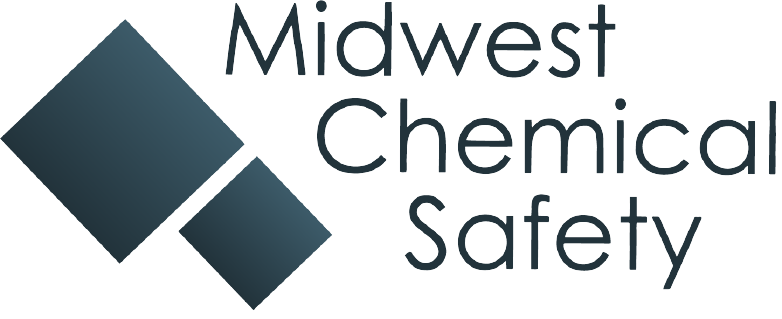Prior to the COVID-19 pandemic, I was a huge supporter of “just-in-time” (JIT) purchasing for small chemical businesses. On reflection, however, I’ve had to temper my enthusiasm for JIT a bit when I saw it drive one client into bankruptcy and another nearly so.

If you’re unfamiliar with the concept, JIT purchasing allows small manufacturers (including laboratories) to have their raw materials delivered just when they are needed. Many suppliers, such as Thermo-Fisher, Sigma-Aldrich and others will gladly negotiate JIT contracts for large users, especially those that are close to major distribution centers. For history buffs, JIT started in the early 1950s with Taiichi Onho of Toyota as a strategy to gain a competitive advantage over other manufacturers. I started to see JIT used in the chemical research community in the late 1980s, but the concept really didn’t catch on with the “old-school” researchers who like to hoard reagents in their labs.
From a safety perspective, JIT was a wonderful component of a chemical management program. It allowed stockroom managers and small manufacturers to transfer the risk associated with storage of their hazardous materials to the distributor. When reagents or raw materials were consumed, they could be replaced the same or next business day with the ease of a phone call. Unfortunately, JIT can also be abused. I’ve seen (and continue to see) small chemical manufacturers who would use JIT to reduce their on-site inventory of hazardous materials to avoid regulatory burdens, such as OSHA’s Process Safety Management requirements (29CFR1910.119) that are quantity-based standards.
The weakness of the JIT chemical management system came into stark focus during the 2020-2022 (ish) COVID pandemic and the associated supply-chain problems. Once distributors ran out of raw material, small chemical manufacturers were forced to slow or stop making their products. These supply chain issues were exacerbated as some chemicals were ultimately made by only one or two companies who sold to many distributors; so, simply going to a different distributor didn’t solve the problem of acquiring raw materials. In turn, this forced manufacturers into some very difficult business decisions. The supply chain disruption also affected research facilities and some investigations were slowed or completely stopped. While most of my clients survived, many were “touch-and-go” for quite a time. Some started new product lines to stay in business using materials that were available, while others pulled back to minimum operations. All have re-thought their position on their raw materials on a JIT basis as a business “lessons learned.”
There are three main reasons why JIT purchasing can lead to business problems for small chemical businesses. The COVID crisis was one of those – an unforeseen event. JIT relies on a delicate supply chain balance. Any disruption in the supply chain will ripple down to the end user. Small to mid-sized businesses feel the disruption much more acutely.
Changes in demand and competition are usually identified as the other two main reasons why JIT purchasing can lead to problems, but these were not so pronounced as the supply chain disruption during the recent COVID crisis.
Thankfully, most of my clients using JIT survived the supply chain disruption but not without a lot of sleepless nights throughout both the C-Suite and workforce. They have implemented procedures to find and utilize redundant, independent sources for their raw materials and have started to implement safe, on-site storage for their ingredients.
I’m still a believer in JIT for transferring risks associated with chemical storage. However, the COVID crisis tempered my enthusiasm for it quite a bit. For new clients, I tell them this cautionary tale – while JIT can be used for risk reduction from an overall safety perspective, it may raise overall business risk in the event of another supply chain disruption. For my continuing clients, we are working through building up safe, on-site storage to have a three-to-six-month stock of most-used raw materials to help alleviate manufacturing disruptions. Likewise, they are identifying independent manufacturers of their most-used raw materials to bring some resiliency into their manufacturing processes.
Do you have a JIT success (or horror) story? Share it in the comments. Midwest Chemical Safety can assist you and your organization with occupational and environmental safety services, industrial hygiene and risk assessment. Contact Harry at 217-971-6047 or harry@midwestchemsafety.com to start a conversation!

